In the beauty realm, milk baths have resurged in popularity, yet the practice of incorporating milk into bathing rituals dates back to ancient times, with figures like Cleopatra reputedly indulging in milk baths for their skin-nourishing qualities. Today, amidst a growing fascination with natural skincare, milk baths offer a blend of relaxation and skin benefits, harnessing the soothing and hydrating properties of milk for a luxurious bathing experience.
What is a Milk Bath?
A milk bath involves immersing oneself in a tub filled with milk and often supplemented with additional natural ingredients. This practice is renowned for its ability to hydrate and soothe the skin, alleviate inflammatory skin conditions, and contribute to maintaining youthful skin.
Types
The advantages of a milk bath are contingent upon the type of milk selected for the ritual. While historical figures like Cleopatra famously indulged in baths enriched with donkey’s milk, modern alternatives abound, including various plant-based options. Each type of milk offers its own unique nourishing properties, contributing to a personalized bathing experience tailored to individual preferences and skin needs. Here, we delve into the diverse array of milks ideal for crafting your own indulgent at-home milk bath.
Oat Milk:
Ever considered indulging in an oatmeal milk bath? Typically, it combines milk with ground oats, with some recipes favoring coconut milk and others opting for cow’s milk. However, for a vegan-friendly alternative brimming with nutrients, why not try oat milk? This gentle, soothing milk promotes healthy aging and addresses common skin concerns such as dryness and eczema.
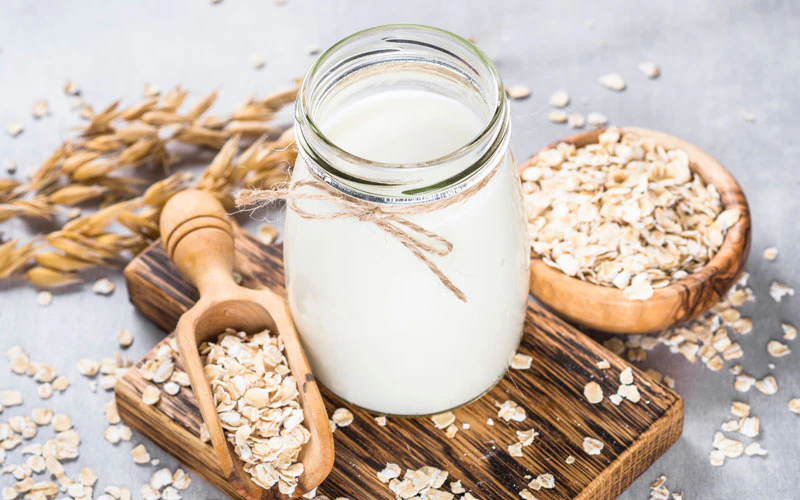
Coconut Milk:
Coconut milk boasts lauric acid, a medium-chain fatty acid renowned for its antimicrobial properties and skin-nourishing benefits. Similar to the topical application of coconut oil, coconut milk offers moisturizing and anti-inflammatory effects. Its potential extends to aiding wound healing and enhancing collagen turnover, further accentuating the proven benefits of coconut-derived compounds.
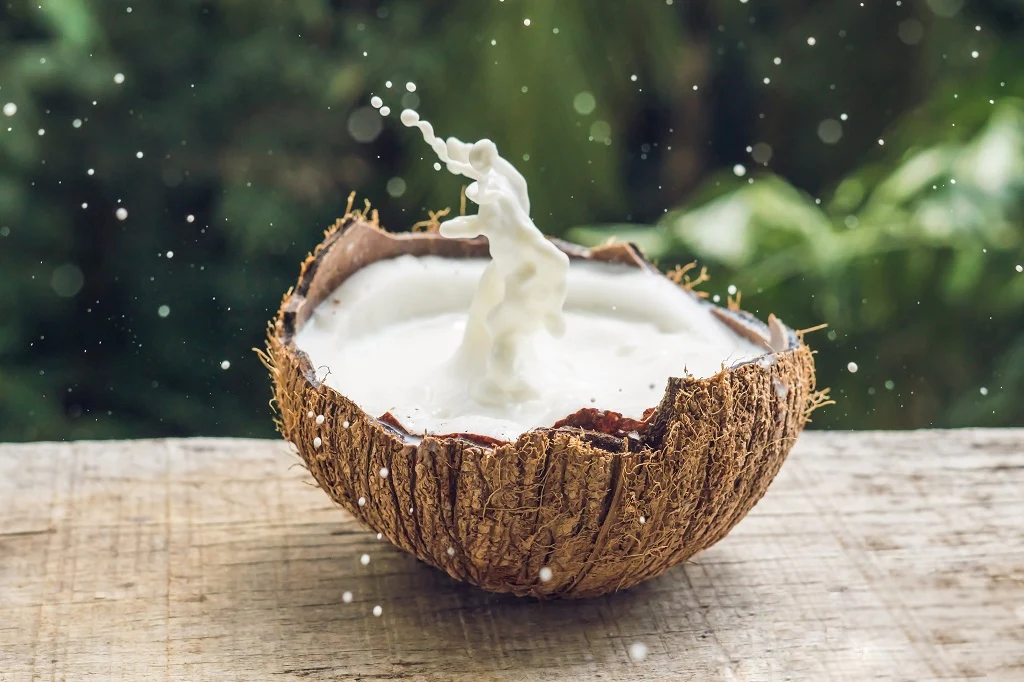
Butter Milk:
Buttermilk stands out as an excellent source of lactic acid, a compound renowned for its skincare benefits. Research suggests that the topical application of lactic acid not only enhances skin firmness but also contributes to increased thickness and smoothness, resulting in a more youthful appearance. Additionally, its gentle exfoliating properties work effectively to eliminate dead skin cells, unveiling a revitalized complexion with improved texture and radiance.
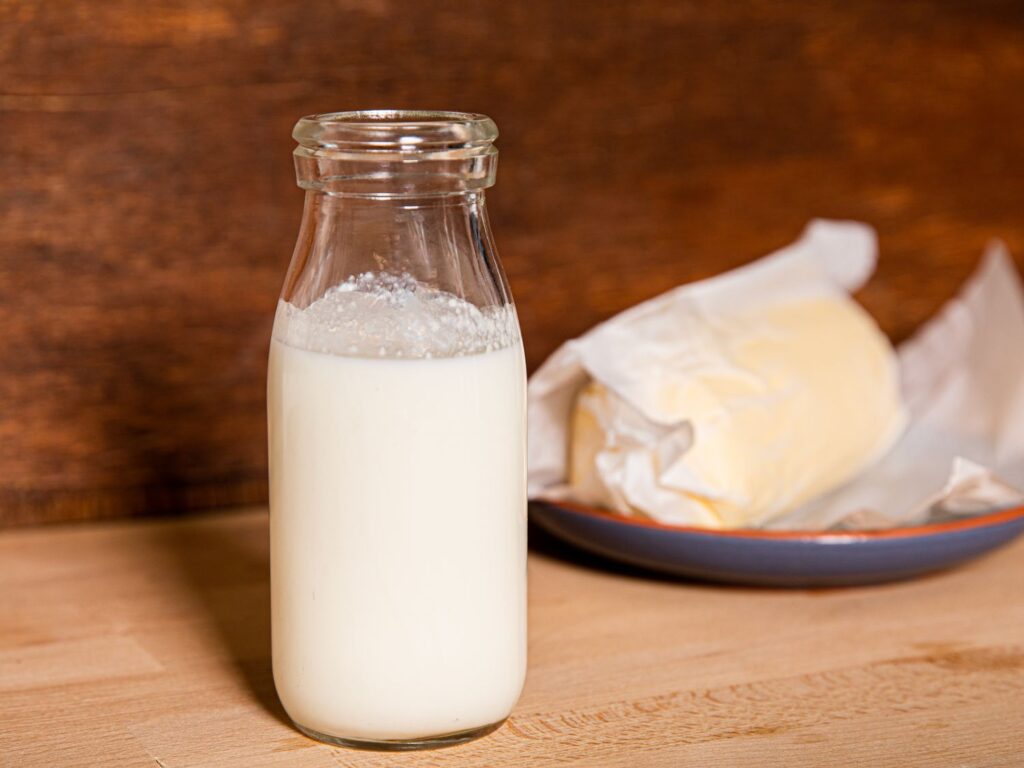
Almond Milk:
Experience the indulgent and rejuvenating properties of an almond milk bath, a luxurious treat for your skin. Almond milk, enriched with fatty oils, deeply nourishes and hydrates, imparting a velvety softness to your skin. Its abundance of nutrients not only soothes but also helps revitalize and restore the skin’s natural radiance. Conveniently found in most local grocery stores, almond milk provides a plant-based alternative that ensures a pampering skincare ritual without hassle.
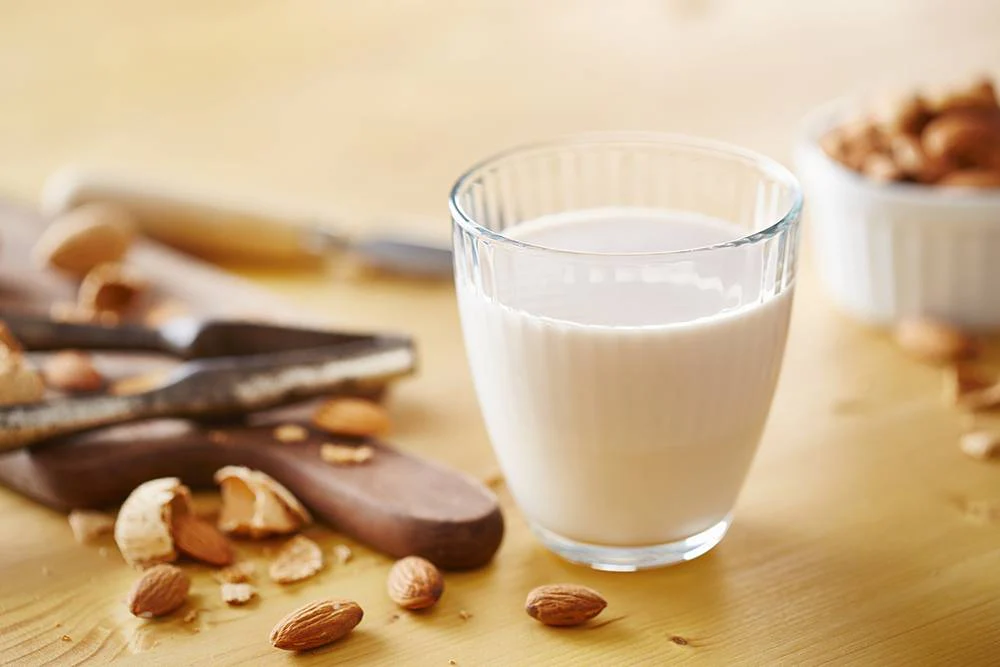
Goat Milk:
Indulge in the skincare benefits of goat milk, renowned for its rich lactic acid content. This natural exfoliant gently breaks down dead skin cells, revealing smoother, more radiant skin. Additionally, goat milk’s moisturizing properties deeply hydrate the skin, while its anti-inflammatory and antibacterial properties work to reduce inflammation and combat acne. If you’ve experienced the nourishing effects of goat milk soap, you’ll appreciate the luxurious experience of immersing your entire body in goat’s milk during a bath.
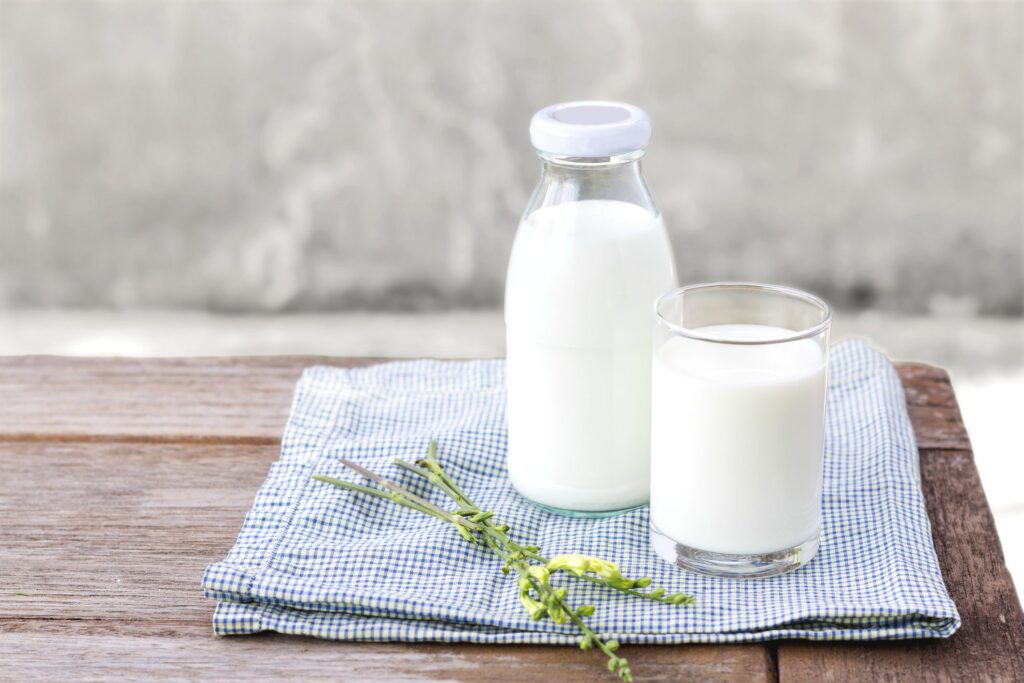
How to Make A Milk Bath?
- Begin with Warm Water: Set the mood for relaxation by filling your bathtub with warm to hot water. Dim the lights and consider lighting some candles to enhance the calming ambiance.
- Add Milk of Your Choice: There are two ways to incorporate milk into your bath: pour it directly into the water or use powdered milk. Aim for 1–2 cups of milk, adjusting based on your bath’s size.
- Customize with Add-Ons: Enhance your milk bath with additional plant-based ingredients known for their healing and nourishing properties. Consider adding carrier oils like coconut, jojoba, or sweet almond oil, along with essential oils such as lavender, rose, or chamomile. Other popular add-ons include epsom salts, baking soda, and honey.
- Indulge in Relaxation: Now that your milk bath is prepared, it’s time to unwind and enjoy. Escape the pressures of modern life as you soak in the soothing waters, promoting not only relaxation but also beautiful, healthy skin.